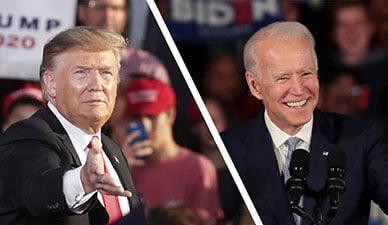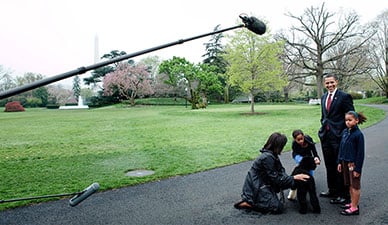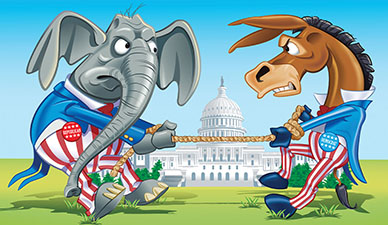There are two main candidates: U.S. President Donald Trump and former U.S. Vice President Joe Biden. Trump is running for reelection. He is a Republican. Biden is a Democrat. They have very different ideas about how the country should be run. (Read about key campaign issues here.) Trump’s running mate is Vice President Mike Pence. Biden’s running mate is Senator Kamala Harris. She is both the first Black woman and the first Asian-American woman to be nominated for vice president by one of the major political parties.
There are two major contenders: U.S. President Donald Trump, who is seeking reelection as a Republican, and former U.S. Vice President Joe Biden, who is running as a Democrat. Biden and Trump have sharply differing views of how to deal with everything from health care to immigration. (Read more about the biggest campaign issues here.) Trump’s running mate is Vice President Mike Pence. Biden’s running mate is Senator Kamala Harris. She is both the first Black woman and the first Asian-American woman to be nominated for vice president by one of the major political parties.






